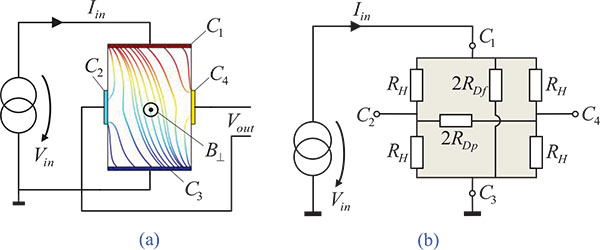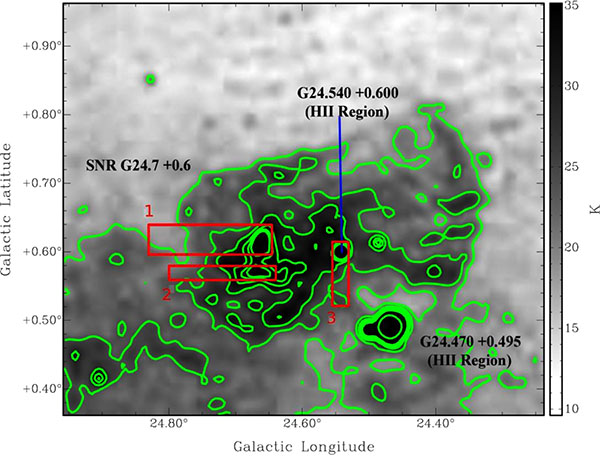RESEARCH ARTICLE
High Energy Rho Meson Leptoproduction §
Adrien Besse*, 1, Lech Szymanowski2, Samuel Wallon3, 4
Article Information
Identifiers and Pagination:
Year: 2014Volume: 1
Issue: Suppl 1: M3
First Page: 33
Last Page: 35
Publisher Id: PHY-1-33
DOI: 10.2174/1874843001401010033
Article History:
Received Date: 25/11/2013Revision Received Date: 30/01/2014
Acceptance Date: 31/01/2014
Electronic publication date: 31/12/2014
Collection year: 2014
open-access license: This is an open access article licensed under the terms of the Creative Commons Attribution Non-Commercial License (http://creativecommons.org/licenses/by-nc/3.0/) which permits unrestricted, non-commercial use, distribution and reproduction in any medium, provided the work is properly cited.
Abstract
We investigate the longitudinal and transverse polarized cross-sections of the leptoproduction of the ρ meson in the high energy limit. Our model is based on the computation of the impact factor γ*(λγ)→ ρ (λρ) using the twist expansion in the forward limit which is expressed in the impact parameter space. This treatment involves in the final stage the twist 2 and twist 3 distribution amplitudes (DAs) of the ρ meson and the dipole scattering amplitude. Taking models that exist for the DAs and for the dipole cross-section. We get a phenomenological model for the helicity amplitudes. We compare our predictions with HERA data and get a fairly good description for large enough virtualities of the photon.
PACS number(s): 13.60.Le, 12.39.St, 12.38.Bx.












